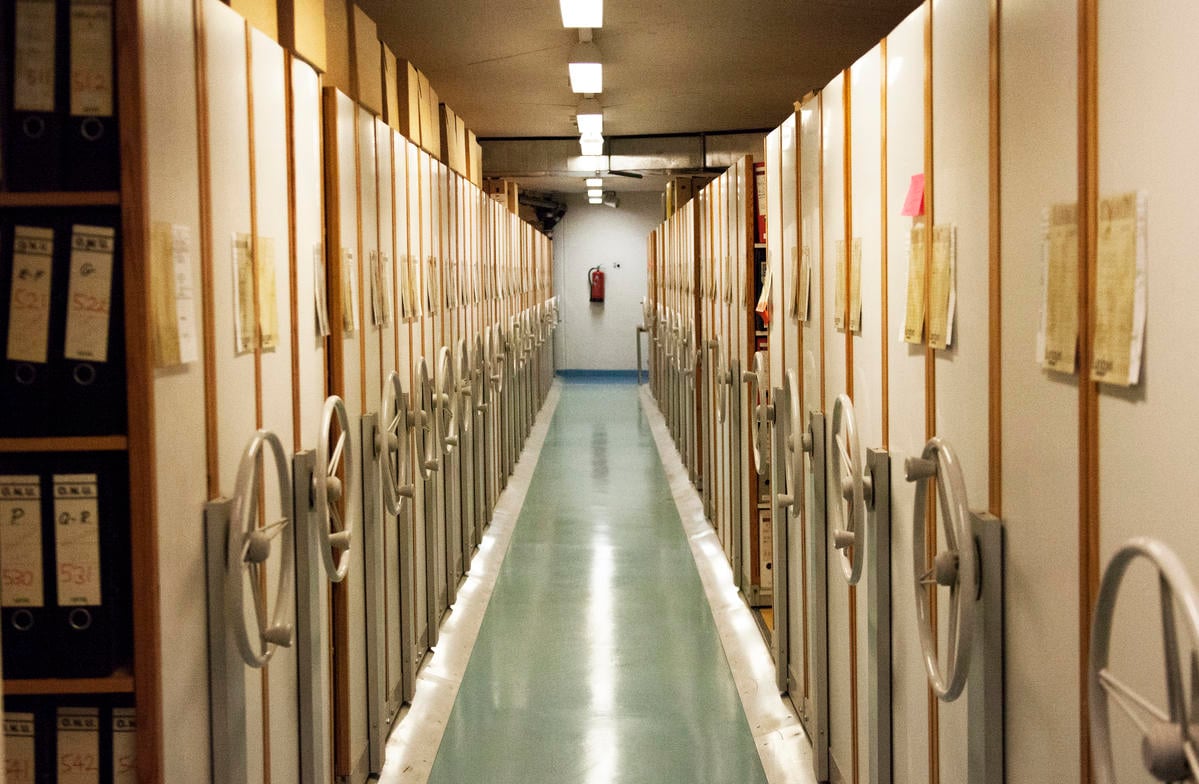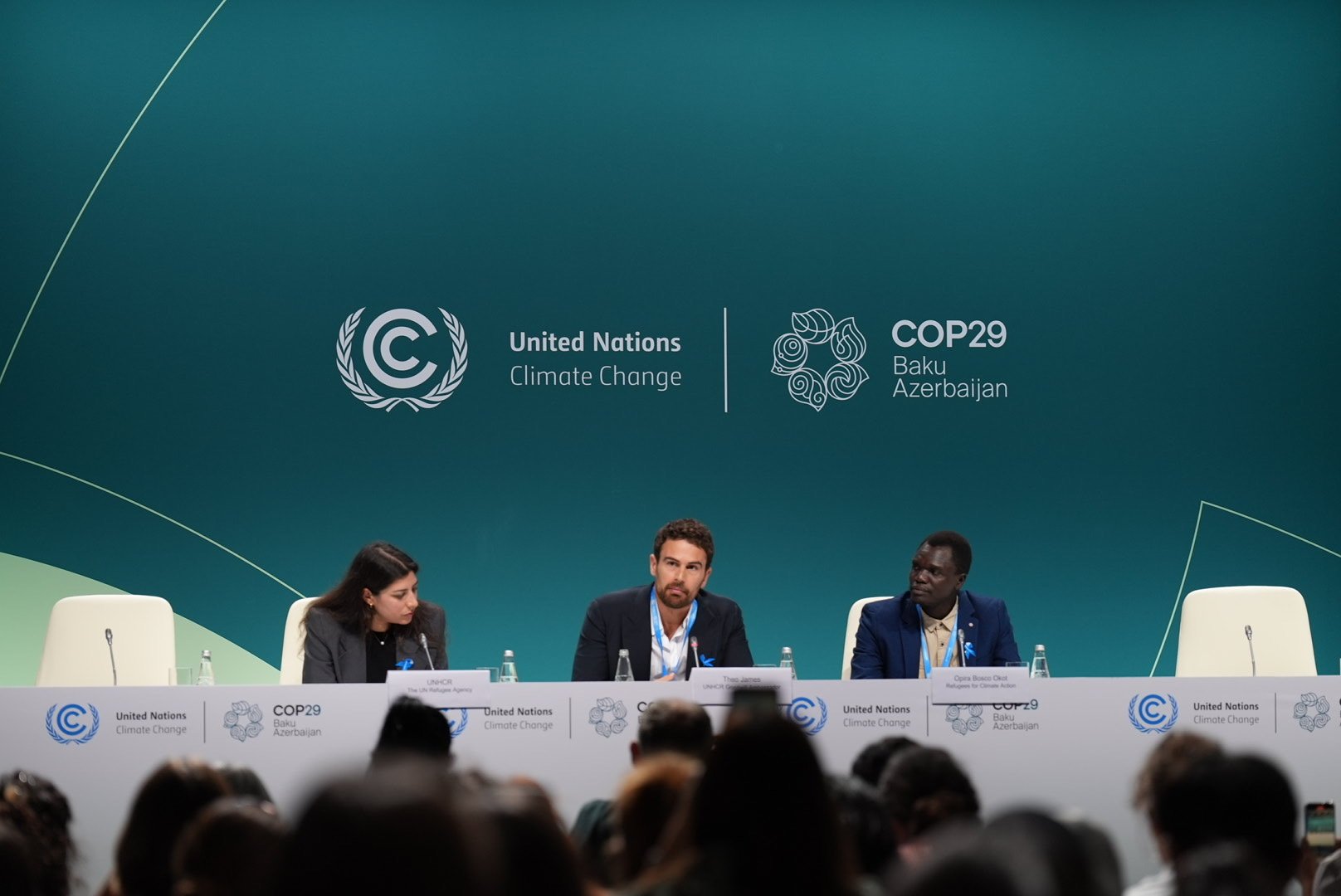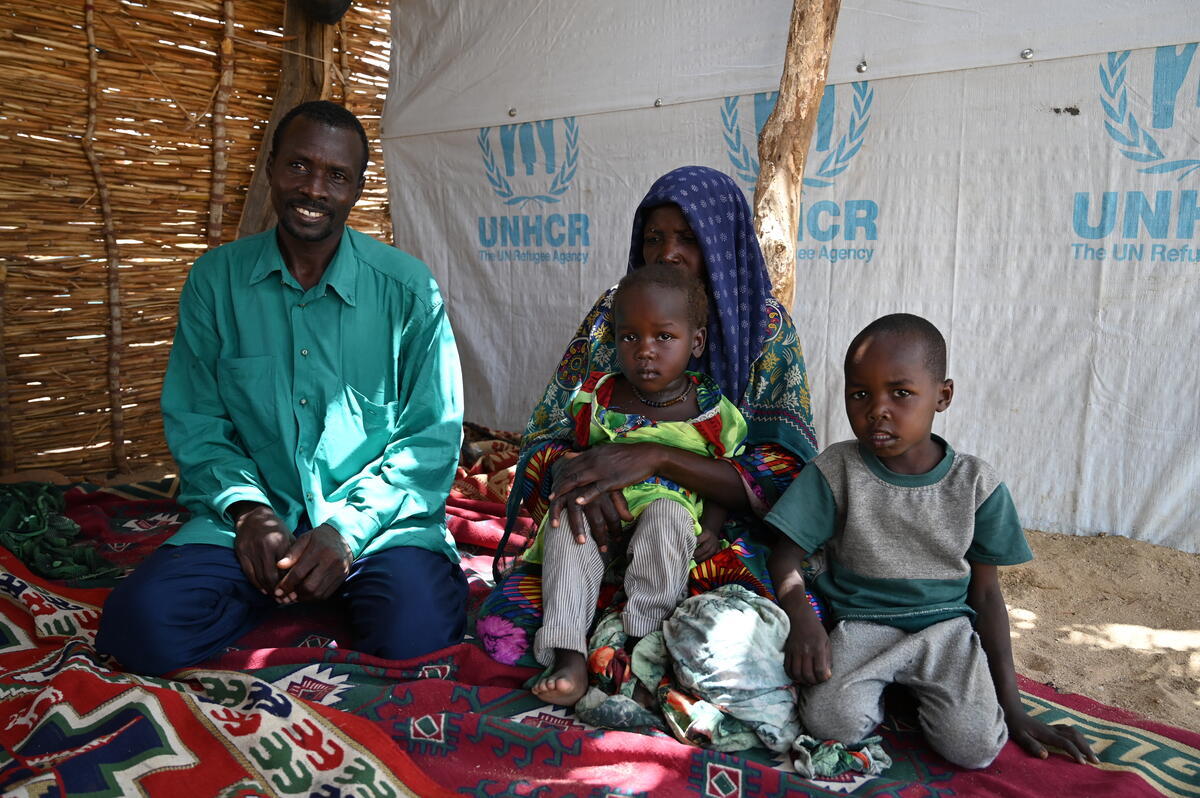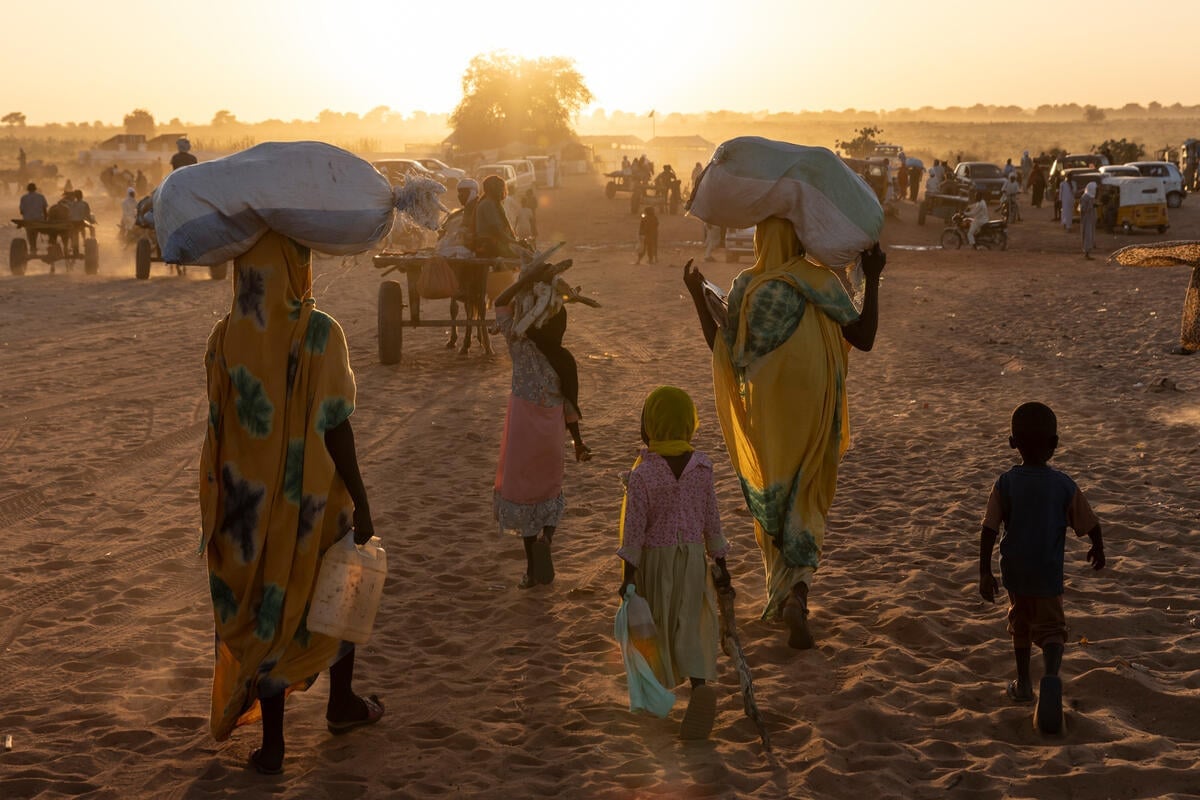UNHCR archive offers insights and inspiration in addressing forced displacement
UNHCR archive offers insights and inspiration in addressing forced displacement

A row of rolling stack shelves containing archive records in the UNHCR headquarters in Geneva, Switzerland.
Filed alongside policy papers and official reports are records that reveal the human stories of modern forced displacement, offering valuable insights into seismic global events. For the team of UNHCR archivists that oversees the collection, it is a living resource and an enduring source of inspiration and learning.
“We keep the memories of the communities and people who are the victims of history. Usually, they say that in the archives it is the powerful who write the records, [but] the information here you will not find any other place. It is unique,” said Montserrat Canela, UNHCR’s Chief of Records and Archives.
UNHCR’s archive was established in 1996 at the instigation of former High Commissioner Sadako Ogata. “Madame Ogata, who was herself a scholar, saw that this was very important, and she pushed for professionals to come in and take care of the archives,” Canela explained. “It’s not that UNHCR was not taking care of documents before then … but there was no idea about research or about long-term preservation.”
With records stretching back to the agency’s creation in 1950, much of the archival material is drawn from the daily work of staff stationed worldwide. These include urgent cables from staff present at the onset of major emergencies. One example, sent by UNHCR’s Deputy High Commissioner Charles H Mace from Calcutta on 15 May 1971, vividly describes the start of an exodus of some 10 million people from East Bengal, present-day Bangladesh.

Chief of Records and Archives, Montserrat Canela, in the main archive at UNHCR headquarters in Geneva.
“[D]epressed by situation and reign of terror which is obvious in faces of people which are stunned and [in] some cases almost expressionless,” he wrote. “…major upheaval has occurred which has created panic and flight. Saw many bullet wounded men, women and children also some dead. Arson rape and dispersal the common topic.”
It is one striking example of how the significance of UNHCR’s archival material extends beyond the organization itself, explained Senior Archivist Heather Faulkner. “This cable is part of UNHCR’s history but also part of Bangladesh’s history, capturing a troubled moment at the birth of a new country. These are our records but not only our story.”

Detail of a cablegram sent from Calcutta by Deputy High Commissioner Charles H Mace to UNHCR headquarters in May 1971.
Other records include millions of individual refugee case files, in which UNHCR staff verified the refugee status of people fleeing war, persecution and other forms of violence. These confidential files provide primary accounts of many of the major global upheavals since World War II, including the Viet Nam War and its aftermath, decolonization, the 1990s Balkans Wars, the Rwandan Genocide and more recent conflicts in Syria and the full-scale invasion of Ukraine.
Besides their historical value, archived case files are still used to help refugees today. Recent examples include verifying the protection needs of Iraqi and other refugees formerly registered in Syria after they were forced to flee for a second time to countries including Türkiye and Jordan, and using archival records to confirm the historical refugee status of an individual facing wrongful deportation. The accounts recorded in case files have even provided vital clues to researchers to help locate the graves of people who went missing during the Balkans conflicts.
Alongside the millions of paper-based documents stored in acid-free boxes to help preserve them are an array of other materials including photo and video archives, publicity posters, UNHCR’s two original Nobel Prize diplomas and a touching collection of drawings by refugee children from around the world.
Digital conundrum
A major challenge since the archive’s creation is how to capture and preserve the increasing amount of digital material generated, including confidential protection databases, online records, emails, websites, shared documents and social media posts. The digital archive currently contains over 120 terabytes of data –equivalent to more than 10 times the size of the printed collection of the US Library of Congress.
“Paper files can be kept in a dark room and they will survive, but digital archives – if you stop caring for it, it disappears, it’s gone,” Canela said. “In a second you can lose 10 years of history … because the technology has changed or because a server has been decommissioned.”
One specific example was UNHCR’s web-based educational game “Against All Odds”, an important advocacy tool created in 2005 to help children experience the dilemmas faced by people fleeing their homes. The original game was based on Adobe Flashplayer, which was discontinued in 2020, but thanks to the extensive efforts of UNHCR’s digital preservation team, it was captured and preserved using alternative technology meaning it can still be viewed and played today.

An example of some of the drawings by refugee children stored in the UNHCR archive.
A significant milestone came in 2000, when the UNHCR archive was opened to academic researchers for the first time, allowing fresh insights into historical events and the evolution of global refugee policy.
“The kind of information you get from the archival record is different from the kind of information you can find online or in official documents,” explained Bastiaan Bouwman, Assistant Professor at Utrecht University in the Netherlands, who visited the archives for his research on the history of international refugee law. “It gives you a fundamentally deeper insight into why things happened the way they did.”
Key archival sources for Bouwman’s research included interactions between UNHCR legal experts posted to country offices and at HQ, which have helped paint a more detailed picture of how and why policies are formed.
“Policy doesn’t always get made top-down. People are responding to what is happening on the ground in places and then that feeds up the chain into UNHCR headquarters,” he said. “There's been a lot of great work recently using these archives that shows how much of the policy is sort of ad hoc … and so the refugee law and the policies that we ended up with were not inevitable. They’re the outcomes of decisions, of choices, that were made years ago.”
"These are our records but not only our story."

Researcher Bastiaan Bouwman (centre) arrives at UNHCR headquarters in Geneva to study the archives.
A more practical use of archival records involves examining the lessons of the past to help guide approaches to current crises. In 2022, staff coordinating UNHCR’s response to the rising numbers of deadly sea journeys in the Central Mediterranean requested archival details of initiatives taken in the 1970s and 1980s to save the lives of Vietnamese “boat people” fleeing the aftermath of the war, to assess whether any could be applied today.
For Canela, the collection provides another intangible but vital commodity in a world where conflicts and other crises have displaced more than 114 million people with millions more uprooted each year: hope.
“When I’m very stressed, I come [down] to the archives because I feel the energy of all the work UNHCR has done from the beginning,” she said. “Even in these big, sad stories we keep, this is the archive of the people who help and the archive of the people who find solutions. And we do find them. Not always, sadly, and not for everybody, but there are many solutions, and this is what makes these archives so special.”








